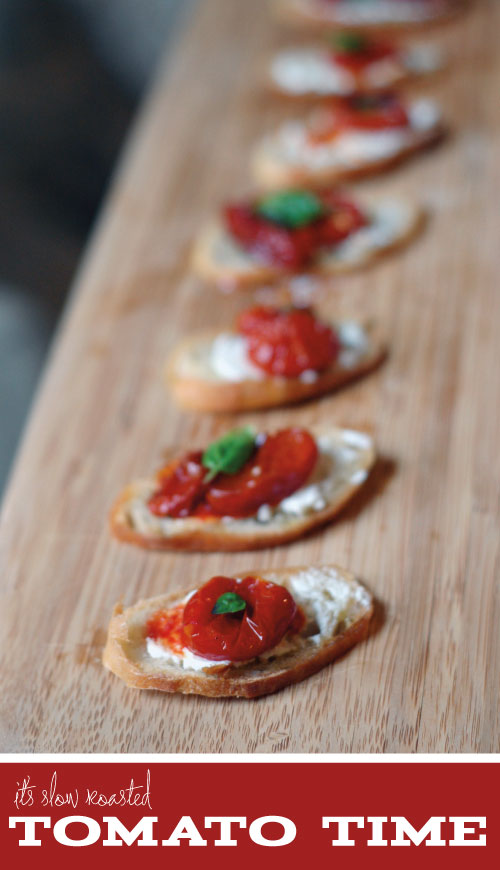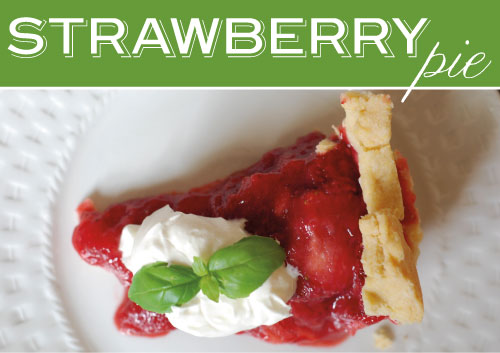 Since our company's name is French, we've got a week of treats for the francophiles out there! For Make-it Monday, instead of storming a Parisian prison, storm into that kitchen and get cooking! Thursday's the day the French stormed the Bastille prison in 1789, an open act of rebellion against the monarchy that is considered a turning point of the French Revolution.
Since our company's name is French, we've got a week of treats for the francophiles out there! For Make-it Monday, instead of storming a Parisian prison, storm into that kitchen and get cooking! Thursday's the day the French stormed the Bastille prison in 1789, an open act of rebellion against the monarchy that is considered a turning point of the French Revolution.
After the Revolution, “while their former bosses were fleeing the country or losing their heads to the guillotine, chefs of the royal court found themselves out on the rue without so much as a roux to whisk,” said Carl Hanson.
Lucky for them, a promising new institution had begun popping up in Paris during the second half of the 18th century. This new-fangled thing was known as the restaurant. The first restaurants had opened in the 1760s and originally catered to those of fragile health. In fact, the word “restaurant” refers not to resting or ranting but to the “restorative” broths that were intended to return delicate Parisians and weary travelers to good health.
With the arrival of revolution, however, the restaurant became a venue for displaced chefs to practice their craft in a clean setting that, significantly, was open to all comers, not just royalty. For once, it did not require a noble pedigree to dine like a king, only sufficient funds to pay the check. And with that, the art of fine dining was born!
So, in celebration today, we made homemade croissants (the recipe is after the jump). This one if not for the faint of heart, but the results are well worth the effort! Bon appetit!
Classic French Croissants
adapted from Epicurious
1 1/2 cups whole milk, heated to warm (105°F–110°F)
1/4 cup packed light brown sugar
1 tbsp plus 1/4 tsp active dry yeast
3 3/4 to 4 1/2 cups unbleached all-purpose flour
1 tablespoon kosher salt
3 sticks (1 1/2 cups) really cold unsalted butter
Start by making the dough: Stir together warm milk, brown sugar, and yeast in bowl of standing mixer and let stand until foamy, about 5 minutes. (If it doesn’t foam, discard and start over – the yeast was dead.) Add 3 3/4 cups flour and salt and mix with dough hook at low speed until dough is smooth and very soft, about 7-9 minutes.
Transfer dough to a work surface and knead by hand 2 minutes, adding more flour as necessary, a little at a time, to make a soft, slightly sticky dough. Form dough into a roughly 1 1/2-inch-thick rectangle and chill, wrapped in plastic wrap, until cold, about 1 hour.
Prepare and shape butter: After dough has chilled, arrange sticks of butter horizontally, their sides touching, on a work surface. Pound butter with a rolling pin to soften slightly (butter should be malleable but still cold). Scrape butter into a block and put on a kitchen towel (flour sack towels work best), then cover with other towel. Pound and roll out on both sides until butter forms a uniform 8- by 5-inch rectangle. Chill, wrapped in towels, while rolling out dough. (Don’t skimp on the chilling – it’s important to not let the butter “melt”)
Roll out dough: Unwrap dough and roll out on a lightly floured surface, dusting with flour as necessary and lifting and stretching dough (especially in corners), into a 16- by 10-inch rectangle. Arrange dough with a short side nearest you. Put butter in center of dough so that long sides of butter are parallel to short sides of dough. Fold as you would a letter: bottom third of dough over butter, then top third down over dough. Brush off excess flour with pastry brush.
Roll out dough: Turn dough so a short side is nearest you, then flatten dough slightly by pressing down horizontally with rolling pin across dough at regular intervals, making uniform impressions. Roll out dough into a 15- by 10-inch rectangle, rolling just to but not over ends.
Brush off any excess flour. Fold in thirds like a letter, as above, stretching corners to square off dough, forming a 10- by 5-inch rectangle. (You have completed the first “fold.”) Chill, wrapped in plastic wrap, 1 hour.
Make remaining “folds”: Make 3 more folds in same manner, chilling dough 1 hour after each fold, for a total of 4 folds. (If any butter oozes out while rolling, sprinkle with flour to prevent sticking.) Wrap dough tightly in plastic wrap and chill at least 8 hours but no more than 18 (after 18 hours, dough may not rise sufficiently when baked).
Roll out and cut dough: Cut dough in half and chill 1 half, wrapped in plastic wrap. Roll out other half on a lightly floured surface, dusting with flour as necessary and stretching corners to maintain shape, into a 16- by 12-inch rectangle. Brush off excess flour with pastry brush and trim edges with a pizza wheel or sharp knife.
Arrange dough with a short side nearest you. Cut in half horizontally and chill 1 half. Cut remaining half vertically into thirds, forming 3 rectangles. Cut each rectangle diagonally in half to make 2 triangles, for a total of 6 triangles.
Shape croissants: Holding short side (side opposite tip) of 1 triangle in one hand, stretch dough, tugging and sliding with other hand toward tip to elongate by about 50 percent.
Return to work surface with short side of triangle nearest you. Beginning with short side, roll up triangle toward tip. (Croissant should overlap 3 times, with tip sticking out from underneath; you may need to stretch dough while rolling.)
Put croissant, tip side down, on a parchment-lined large baking sheet. (Curve ends inward to make a crescent shape if desired.)
Make more croissants with remaining 5 triangles, then with remaining rolled-out dough, arranging them 2 inches apart on baking sheet. Repeat rolling, cutting, and shaping procedures with chilled piece of dough.
Let croissants rise: Slide each baking sheet into a garbage bag, propping up top of bag with inverted glasses to keep it from touching croissants, and tuck open end under baking sheet.
Let croissants rise until slightly puffy and spongy to the touch, 2 to 2 1/2 hours.
Bake croissants: Adjust oven racks to upper and lower thirds of oven and preheat to 425°F.
Remove baking sheets from bags. Spritz inside oven generously with spray bottle and close door. Put croissants in oven, then spritz again before closing door. Reduce temperature to 400°F and bake 10 minutes without opening door.
Switch position of sheets in oven and rotate sheets 180°, then reduce temperature to 375°F and bake until croissants are deep golden, about 10 minutes more.
Enjoy!!!
 I'm obsessed with the newest thing in the cocktail industry - homemade "jello shots" !!!! Yes, similar to those ones you had in college, but not disgusting! While on vacation, I took the opportunity to whip up a bunch of different versions, including these grapefruit margarita ones - give them a whirl - I can't wait to hear what you think!
I'm obsessed with the newest thing in the cocktail industry - homemade "jello shots" !!!! Yes, similar to those ones you had in college, but not disgusting! While on vacation, I took the opportunity to whip up a bunch of different versions, including these grapefruit margarita ones - give them a whirl - I can't wait to hear what you think!




 Topping
4 ounces cream cheese, softened
3 tablespoons sugar
1/2 teaspoon vanilla extract
1 cup heavy cream
Topping
4 ounces cream cheese, softened
3 tablespoons sugar
1/2 teaspoon vanilla extract
1 cup heavy cream